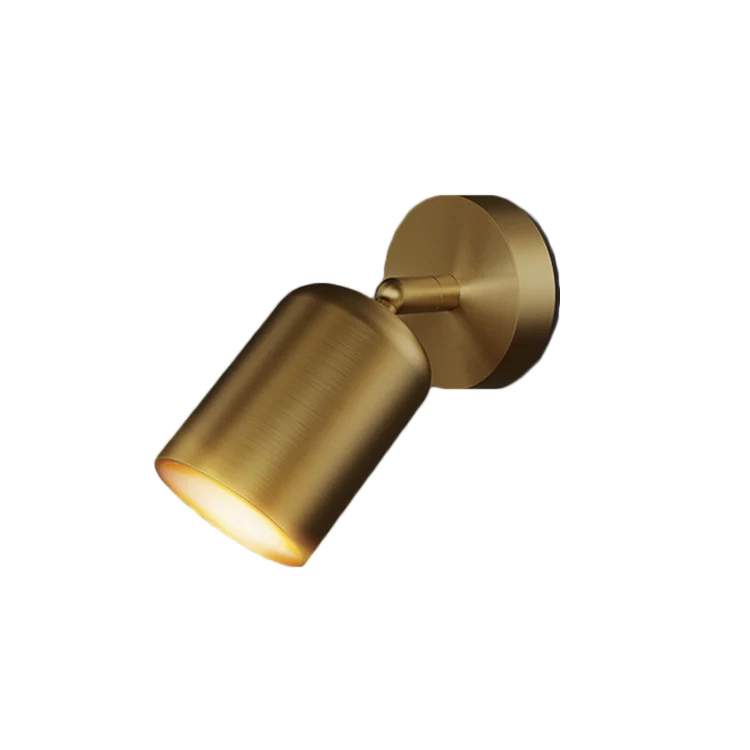LEAFLETS
PRODUCTS
Table Lamp Home Improvement
Choosing the Right Style
The first and perhaps most crucial decision lies in selecting a style that complements your existing décor. A sleek, minimalist lamp might be perfect for a modern apartment, while a more ornate, traditional design could enhance the charm of a Victorian-style home. Consider the overall aesthetic of the room: is it rustic, contemporary, eclectic, or something else entirely? Your table lamp should harmonize with the existing furniture, wall colors, and other decorative elements. Don't be afraid to experiment with different styles, but remember that consistency is key to a cohesive and pleasing visual outcome.
Think about the materials as well. Metal lamps offer a modern, industrial feel, while wooden lamps exude warmth and natural beauty. Glass lamps can add a touch of elegance and sophistication. The material of the lamp base and shade can drastically change the perception of the overall design. A simple metal base paired with a linen shade creates a different feel than a heavy ceramic base and a crystal shade. Explore various materials to find the perfect fit for your style preferences.
Finally, consider the size and scale of the lamp. A small lamp on a large table can get lost, while a large lamp on a small table can overwhelm the space. Proportion is essential. Measure your table and surrounding area to ensure your chosen lamp is neither too big nor too small, maintaining a visually balanced and harmonious composition within the room.
Optimizing Light Functionality
Beyond aesthetics, functionality plays a crucial role. Table lamps aren't just decorative; they serve a practical purpose. The type of bulb significantly impacts the quality and intensity of light. Incandescent bulbs offer a warm, inviting glow, but they're less energy-efficient. LED bulbs, on the other hand, are more energy-efficient and come in a wide range of color temperatures, from warm white to cool white, allowing you to tailor the light to your specific needs and preferences.
The lampshade itself plays a critical role in directing light. A translucent shade will diffuse light softly, creating a calming atmosphere, ideal for bedrooms or living rooms. An opaque shade will focus the light more directly, making it perfect for reading or tasks requiring concentrated illumination. Consider the function of the room and choose a lampshade that complements it. A task lamp for a desk should have a shade that directs light downwards, whereas a bedside lamp might benefit from a softer, more diffused light source.
Don't underestimate the importance of dimmer switches. They offer unparalleled control over the ambient lighting, allowing you to adjust the intensity to suit the mood and time of day. A dimmer switch can transform a bright, harsh light into a soft, comfortable glow, making your table lamp adaptable to various activities and atmospheres. A dimmer switch is a simple addition that can greatly improve the versatility and user-friendliness of your table lamp setup.
Enhancing Room Ambiance
Table lamps are incredibly effective tools for manipulating the mood and atmosphere of a room. A strategically placed lamp can create intimate pockets of light, highlighting specific features or objects within the space. For example, a lamp placed next to a comfy armchair can create a cozy reading nook, while a lamp positioned on a side table can highlight a piece of artwork or a cherished plant.
The color temperature of the light significantly impacts the room's feel. Warmer light tones (around 2700K) create a relaxing and inviting atmosphere, perfect for bedrooms and living rooms. Cooler light tones (around 5000K) offer brighter, more focused illumination, ideal for workspaces or kitchens. Choosing the right color temperature can subtly influence the overall feeling of a room, contributing to its comfort and functionality.
Layering light sources is a crucial element of successful interior lighting design. Don't rely solely on overhead lighting. Incorporating table lamps, floor lamps, and other supplemental lighting fixtures creates depth and dimension, preventing harsh shadows and promoting a more balanced and inviting light distribution. This layered approach significantly enhances the overall ambiance and livability of the space.
Budget-Friendly Upgrades
Improving your home's lighting doesn't have to break the bank. There are numerous budget-friendly ways to upgrade your table lamps. Consider repainting an old lamp base to match your updated decor. Replacing an outdated lampshade with a more stylish and modern one can instantly refresh the look of a lamp without significant cost. Even simple changes like adding decorative elements to the base or the shade can make a world of difference.
Online marketplaces and thrift stores are treasure troves of affordable lighting options. You can often find unique and vintage lamps at significantly reduced prices, allowing you to achieve a high-end look without the high-end price tag. With a little patience and creativity, you can find beautiful and functional table lamps that fit your budget and your style.
Finally, remember that proper maintenance is key to extending the lifespan of your table lamps. Regularly cleaning the lampshades and bases will help maintain their appearance and prevent dust buildup that can reduce light output. This simple maintenance routine can keep your table lamps looking their best for years to come, offering a long-term return on your investment.
In conclusion, table lamps are far more than mere sources of illumination; they are versatile design elements that offer significant potential for home improvement. By carefully considering style, functionality, ambiance, and budget, you can harness the power of table lamps to transform your living spaces and create a home that is both beautiful and functional.SUBSCRIBE
INQUIRY










